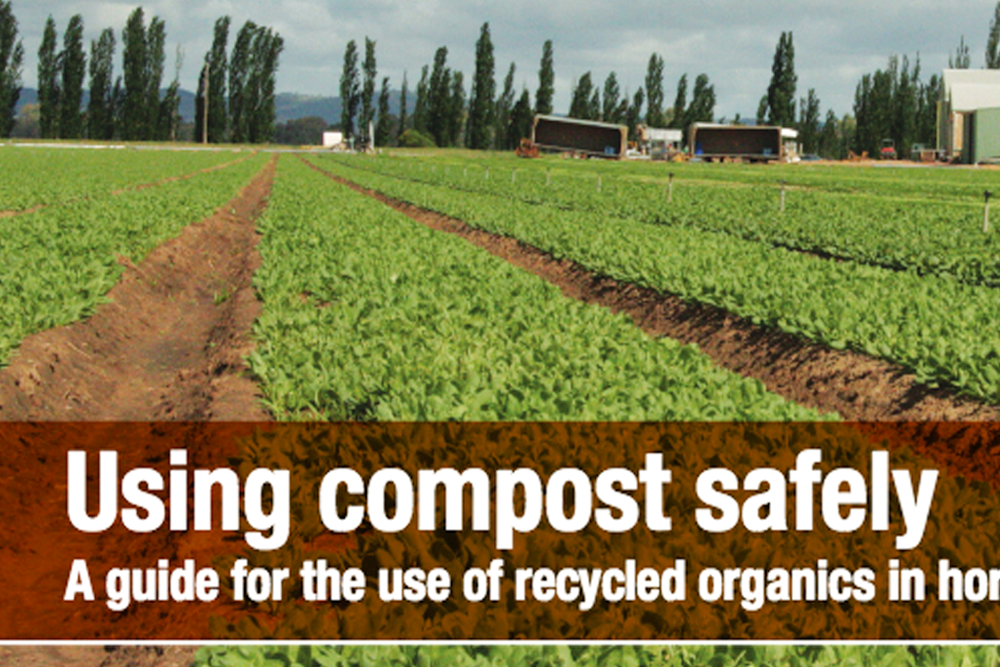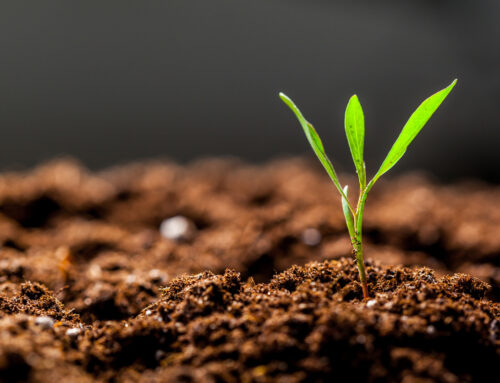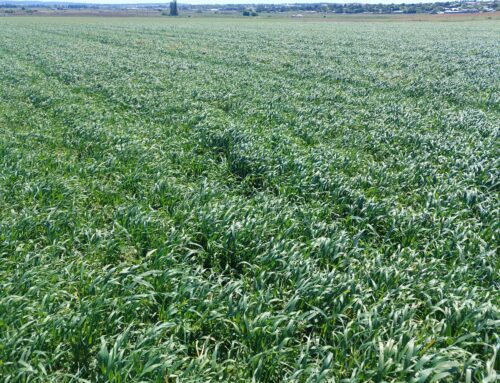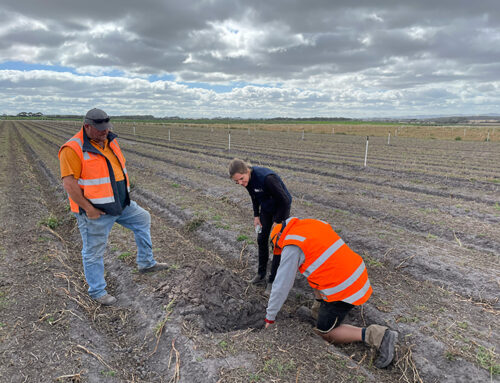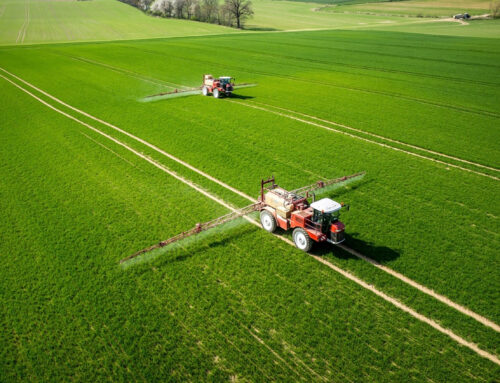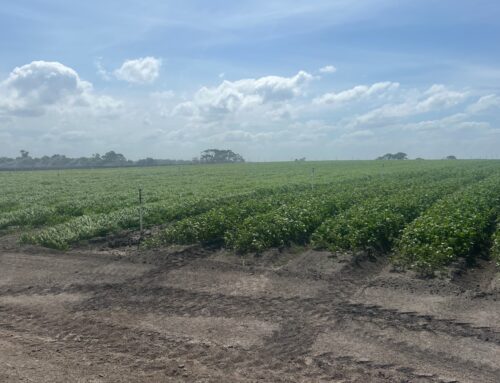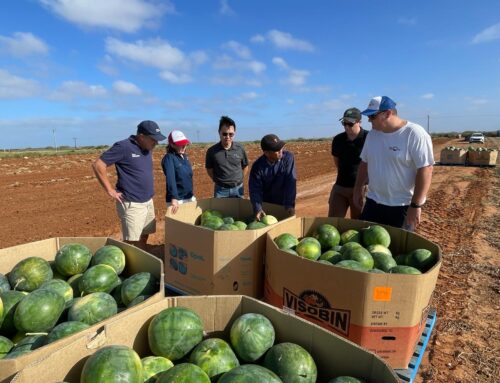Compost is a mixture of recycled organic materials that have been processed by natural organisms, breaking down the original materials into a usable form. Compost has many benefits for soil. It can feed plants, stimulate beneficial microbes, improve soil structure and help the soil retain nutrients, water and warmth.
However, compost is also a potential source of microbial, chemical and physical contamination. Human pathogens in manure, heavy metals in sewage sludge and plastics left in green waste bins all have the potential to contaminate growing sites and fresh produce.
This guide describes how producers of recycled organic products can ensure that the composts they supply meet the requirements of food safety programs such as Freshcare.
The best way to guarantee to Freshcare growers that recycled organic materials have been correctly pasteurised is to be certified in accordance with AS 4454-2012 Composts, soil conditioners and mulches (AS 4454).

